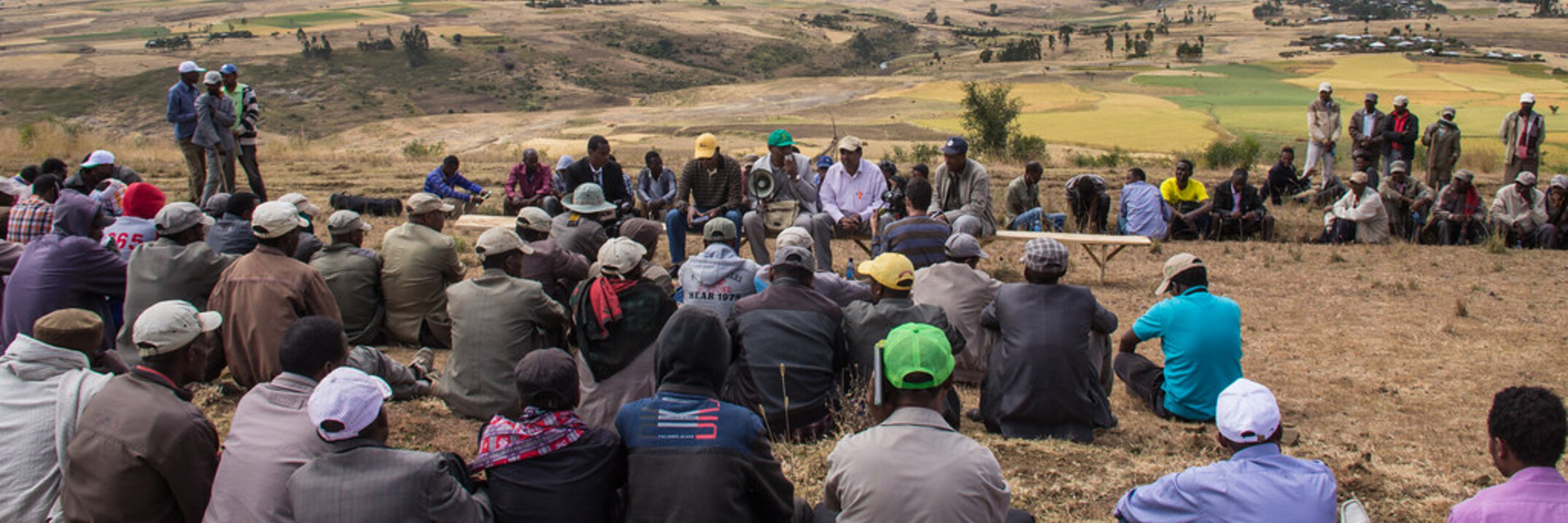In this study, an economic evaluation of water-use efficiency technologies proposed and tested by the agronomic team in the Tadla Irrigated Perimeter was carried out. To capture climatic variability, the analysis was conducted during two contrasting...


